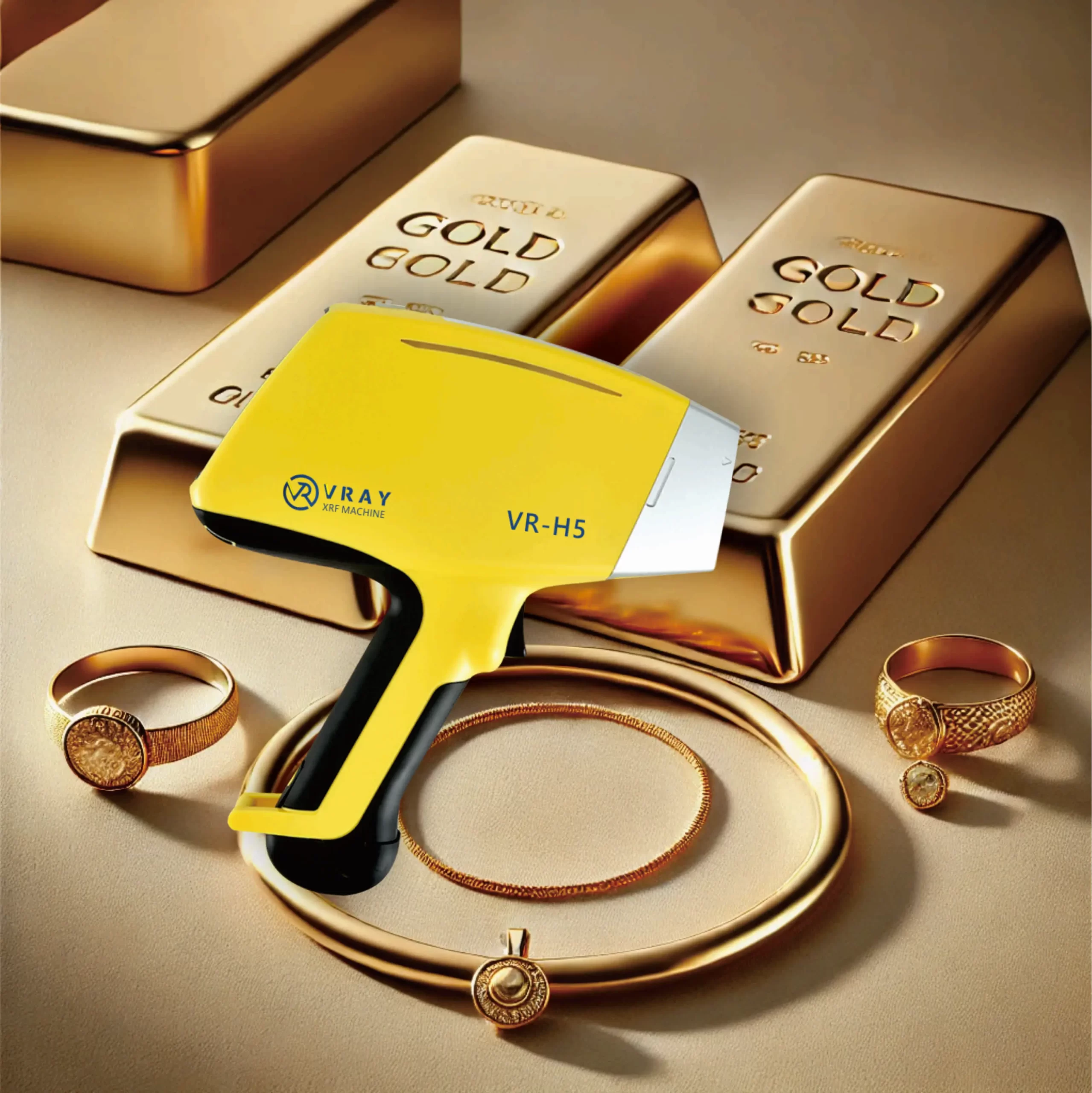
Handheld X-Ray Fluorescence Guns have changed how materials are tested. These tools give fast results without damaging the material. Many industries find them very useful. For example, mining companies use them to check ore quality quickly. This saves time and money by reducing lab tests. Environmental workers use them to find harmful substances on-site. This helps follow safety rules. Metal recycling centers sort scrap metal faster with these tools. This increases profits. Their small size lets you test materials anywhere. This helps make better choices and work more efficiently.
Key Takeaways
Handheld XRF tools test materials fast and without damage. This saves time and money in many industries.
Operators need training and certification to use XRF tools safely.
Calibrating and maintaining XRF devices often keeps them accurate and lasting longer.
Knowing XRF tool limits, like detection range and environment effects, is important for good results.
Keeping XRF test data organized helps find patterns and make better decisions.
Field Testing Applications
Mining and Geology
Handheld X-Ray Fluorescence Guns are vital for mining and geology. They test ores and minerals right at the site. This saves time and skips lab testing. These tools give fast and accurate results. They help decide how to extract resources wisely.
Why they matter in mining:
Mining depends on these tools to work better.
Geologists use them to find valuable minerals quickly.
Engineers check ore grades fast with these devices.
They cut costs and make operations more efficient.
Did you know? Handheld XRF tools help miners make smarter choices and work faster.
Environmental Soil Analysis
For environmental testing, handheld X-Ray Fluorescence Guns are very useful. They check soil for harmful substances without damaging it. You can find heavy metals and other dangerous elements on-site. This helps follow environmental rules.
Study | Elements Checked | Results | Recovery Rate |
|---|---|---|---|
Barnett et al. | Co, Cr, Si, Ti, Yb | Matches well with ICP | N/A |
Caporale et al. | Heavy metals | 74–110% | |
Shand and Wendler | Ti, Cr, Mn, Fe, Ni, Cu, As, K, Ca | Good for Cu and Pb, others overestimated | N/A |
Roullion and Taylor | 11 elements | Better recovery after calibration | 90–110% |
This table shows how handheld XRF works well for soil testing. It gives reliable results for many elements. Environmental workers use these tools to do their jobs better.
Metal Identification and Recycling
In metal recycling, handheld X-Ray Fluorescence Guns are very important. They sort and identify scrap metals quickly. You can check what metals are in the scrap and value them correctly.
“Without the Evident equipment, we couldn’t do what we do. The XRF guns speed up everything. Equipment that can help with that time and give us the accuracy that we are looking for is so imperative.”
This quote shows how speed and accuracy matter in recycling. Handheld XRF tools make the process faster and more profitable.
“For Duncan, the speed and accuracy of handheld XRF give the operators at Peak Alloys assurance throughout the scrap recycling process.”
These tools help identify materials correctly. They ensure quality and follow rules in recycling work.
Quality Control in Manufacturing
Handheld X-Ray Fluorescence Guns are key for quality checks. They give quick and accurate results to keep production standards high. These tools check raw materials, avoid mistakes, and meet industry rules.
Material Verification:
Handheld XRF analyzers confirm materials match the needed alloy type. This step prevents using the wrong materials, which is vital in fields like aerospace.Final Inspections:
These devices add extra quality checks during final product reviews. They ensure finished items are safe and work as expected.Cost Control:
Handheld XRF analyzers measure coating thickness, like zinc layers, to reduce waste. Correct thickness saves money and keeps products high-quality.
Tip: Adding handheld XRF tools to your process cuts mistakes. It also boosts efficiency, saving time and money.
Art and Archaeology Conservation
In art and archaeology, handheld X-Ray Fluorescence Guns analyze artifacts without harm. They reveal details about old materials and methods while keeping objects safe.
Study Title | Key Findings |
|---|---|
X-ray fluorescence spectrometry in art and archaeology | Proved useful for non-damaging analysis with small errors in thickness and concentration measurements. |
Analysis of art objects using a portable x-ray fluorescence spectrometer | Examined over 500 artworks, finding hidden pigments and studying traditional materials for origin research. |
NON-DESTRUCTIVE AND IN SITU ANALYSIS OF EGYPTIAN WALL PAINTINGS | Found compounds in Egyptian paintings, showing materials and techniques used. |
ArtTAX – a new mobile spectrometer | Showed a new tool for detailed multi-element analysis, useful in art and archaeology. |
These studies show how handheld XRF tools changed the field. They help find pigments, study materials, and trace artifact origins. This helps protect history and learn more about the past.
Note: Handheld XRF analyzers protect cultural treasures and uncover historical secrets.
Operational Limitations
Detection Limits
Handheld XRF tools have limits on what they can detect. These limits show the smallest amount of an element they can find. If an element’s amount is too low, the tool might miss it.
The type of material and device settings affect these limits. For instance, light elements like magnesium are harder to detect than heavy ones like gold. Knowing these limits helps you understand the results better.
Spectrum Overlaps
Spectrum overlaps happen when signals from different elements mix together. This makes it hard to tell similar elements apart, like nickel and cobalt.
To fix this, calibrate the tool often and use smart software. Training also helps you spot and solve these problems during tests.
Common overlapping elements:
Nickel and cobalt
Zinc and copper
Lead and arsenic
Note: Learning about spectrum overlaps helps you get better results. This is especially important for testing tricky materials.
Radiation Safety
Handheld XRF tools use X-rays to check materials. The radiation is low, but safety rules must be followed to stay safe.
Always wear safety gear and never point the tool at people. Use it in open spaces and follow local safety rules. New tools, like the VRAY VR-H5, have safety features. For example, they turn off if dropped to prevent accidents.
⚠️ Alert: Safety is very important. Follow the rules to keep testing safe and effective.
Environmental Factors
The environment can affect how handheld X-Ray Fluorescence (XRF) guns work. Things like heat, moisture, and dust can change results. For example, very hot or cold weather might harm the device’s parts. This can make readings less reliable. High moisture in the air can weaken the X-ray beam. This makes it harder to find some elements. Dust or dirt on the sample can block X-rays and mess up the test.
Here’s some data showing how the environment impacts results:
Instrument Type | Element Analyzed | Bias Type | Bias Magnitude |
|---|---|---|---|
XOS prototype | Cd, Cu, Pb | Negatively biased | |
Niton XL3t | Pb, As, Cd, Cu, Zn | Positively biased | Up to 4 orders of magnitude |
Both Instruments | Various | Sensitivity | Insufficient below 15 mg/kg |
Both Instruments | Various | Detection | Capable at low single digit mg/kg levels |
This table shows how environmental issues can cause errors. For instance, the Niton XL3t may overestimate lead and arsenic by a lot. To avoid problems, clean the sample and calibrate the device often.
Tip: Test in steady conditions. Avoid extreme weather for better accuracy.
Regulatory Compliance
Using handheld XRF guns means following strict rules. These rules keep testing safe and accurate. But meeting them can be hard. Operators need special training to get certified. Also, advanced devices cost a lot, making them a big expense.
Here’s a look at common problems and rules:
Compliance Challenges | Regulatory Requirements |
|---|---|
High cost of advanced XRF devices | Varying standards for material testing |
Need for extensive training for operators | Significant investment in calibration and certification |
Limited detection ability in complex matrices | Compliance with regional regulations |
Knowing these challenges helps you prepare better. For example, training operators ensures correct use and meets local rules. Devices like the VRAY VR-H5 make this easier with simple controls and smart features.
Note: Learn local rules and train well to use XRF guns safely and correctly.
Best Practices
Training and Certification
Learning how to use handheld X-Ray Fluorescence Guns is important. Operators need training to get accurate results and stay safe. First, decide why you need the device. Are you checking material quality, finding harmful substances, or following rules? Knowing your goal helps you focus your training.
Get lessons from an expert. Learn how the device works, how to use it, and how to stay safe from radiation. Many jobs suggest getting certified to prove your skills. Certification makes you more confident and helps you follow safety laws.
Tip: Treat your handheld XRF tool like a skill to master. The more you learn, the better your results will be.
Calibration and Maintenance
To keep your handheld XRF tool working well, calibrate and maintain it often. Calibration makes sure the readings are correct. Do this before every use, especially when testing new materials. Some devices, have easy-to-use calibration features.
Taking care of the device is also key. Clean it to remove dust that could block the X-ray beam. Check the battery and charge it fully before using it.
Note: A clean and well-cared-for device works better and lasts longer.
Safety Protocols
Safety is the most important thing when using handheld X-Ray Fluorescence Guns. These tools give off small amounts of radiation, which can be dangerous if used wrong. Always wear safety gear like lead aprons and goggles. Never aim the device at yourself or others, even if it’s off.
Follow local safety rules to stay compliant. Some places require you to take a radiation safety class. Newer devices, like the VRAY VR-H5, have safety features like shutting off if dropped. These features help, but you still need to handle the tool carefully.
⚠️ Alert: Safety comes first. Protect yourself and others by following the rules.
Material Composition Knowledge
Knowing what materials are made of is very important. Handheld XRF analyzers need correct data to give good results. Understanding the material’s makeup helps avoid mistakes and ensures accurate readings.
Several things affect how accurate your results are:
Calibrate the device properly for correct data interpretation.
Device differences can cause errors if not adjusted for.
The sample’s surface, like roughness or dirt, changes results. This is especially true for light materials like aluminum.
Use quality control samples to tell similar materials apart.
The CHARMed PyMCA method makes results consistent across labs.
Tip: Clean the sample and match it to calibration standards. This reduces mistakes and improves accuracy.
By learning these factors, you can test materials better. For example, knowing how light materials react to X-rays helps you adjust for better results.
Data Management
Organizing data is as important as collecting it. Handheld XRF analyzers create lots of data, so keeping it organized helps you use it well.
Make a system to store and sort your results. Use software to label data by type, location, or date. This makes finding specific results easier later.
Note: Some devices, like the VRAY VR-H5, have built-in tools. These features help organize data and prevent losing it.
Check your data for patterns or unusual results. If something seems wrong, check the calibration or sample condition. Reviewing data often helps you find trends and improve accuracy.
Share your results with others using clear charts or graphs. This makes the information easy to understand and helps everyone make better decisions.
Tip: Save your data often to avoid losing it. Cloud storage is a safe and easy way to keep your results.
By managing your data well, you can get the most out of your handheld XRF analyzer and improve your testing process.
Handheld XRF tools have changed how industries test materials. They help find metals, check soil, and ensure product quality. These devices save time and money by giving quick, accurate results. But, knowing their limits, like what they can detect and how weather affects them, is important. Using them correctly with training, calibration, and safety rules makes them work better.
The handheld XRF market may reach $2.5 billion by 2026.
These tools support eco-friendly goals by testing without damage.
Learning to use them well boosts efficiency and meets industry needs.
FAQ
What is a handheld XRF gun used for?
A handheld XRF gun checks materials fast and accurately. It helps find metals, test soil, and check product quality. Industries like mining, recycling, and manufacturing use it often.
How does a handheld XRF gun work?
The device sends X-rays into a material to excite atoms. These atoms give off energy signals that show what elements are present. This method is quick and does not harm the material.
Is handheld XRF testing safe?
Yes, handheld XRF guns are safe if used properly. Always follow safety rules, like wearing protective gear and avoiding the X-ray beam.
⚠️ Tip: Newer models, like the VRAY VR-H5, have safety features to lower risks.
Do I need training to use a handheld XRF gun?
Yes, training helps you use the tool safely and correctly. Many jobs require certification to meet rules. Learning to calibrate and handle the device makes your work better.
Can handheld XRF guns detect all elements?
No, they cannot find every element. Light elements like magnesium are harder to spot than heavy ones like gold. Advanced tools, such as the VRAY VR-H5, can detect smaller amounts more accurately.
Note: Knowing your tool’s limits helps you understand the results better.

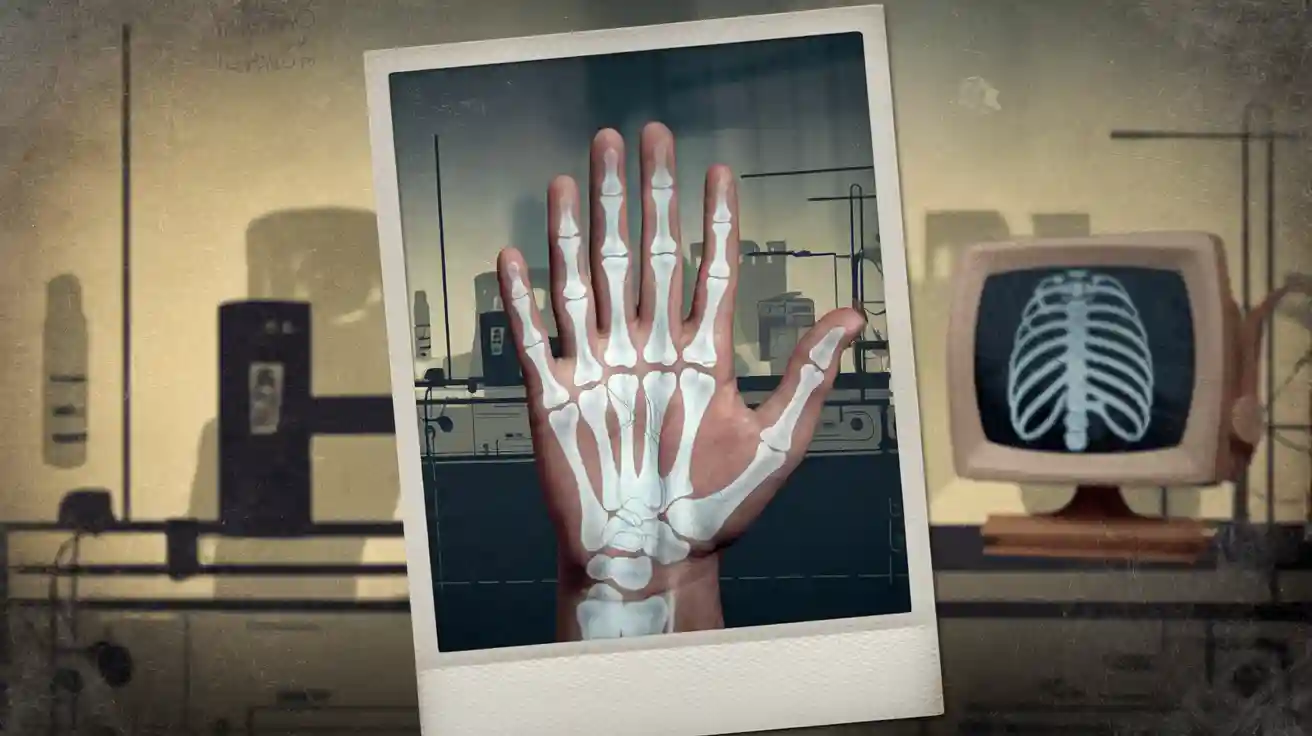
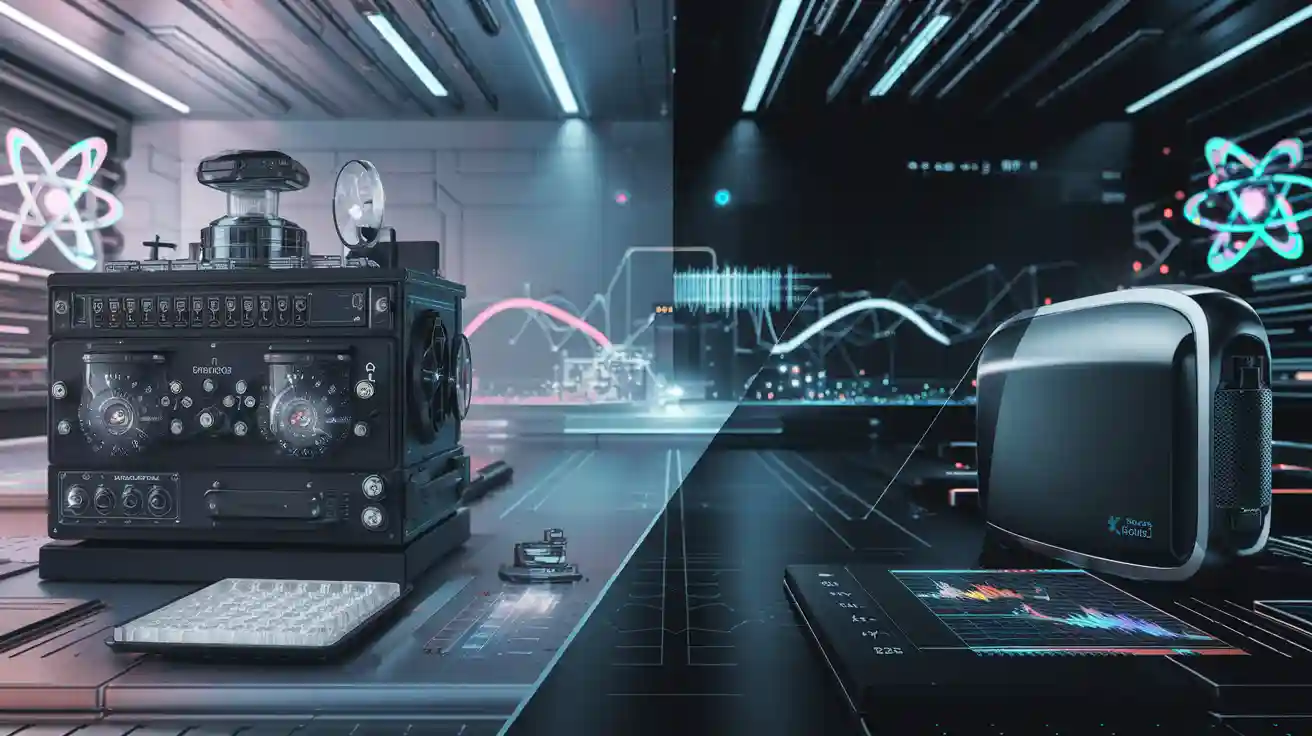

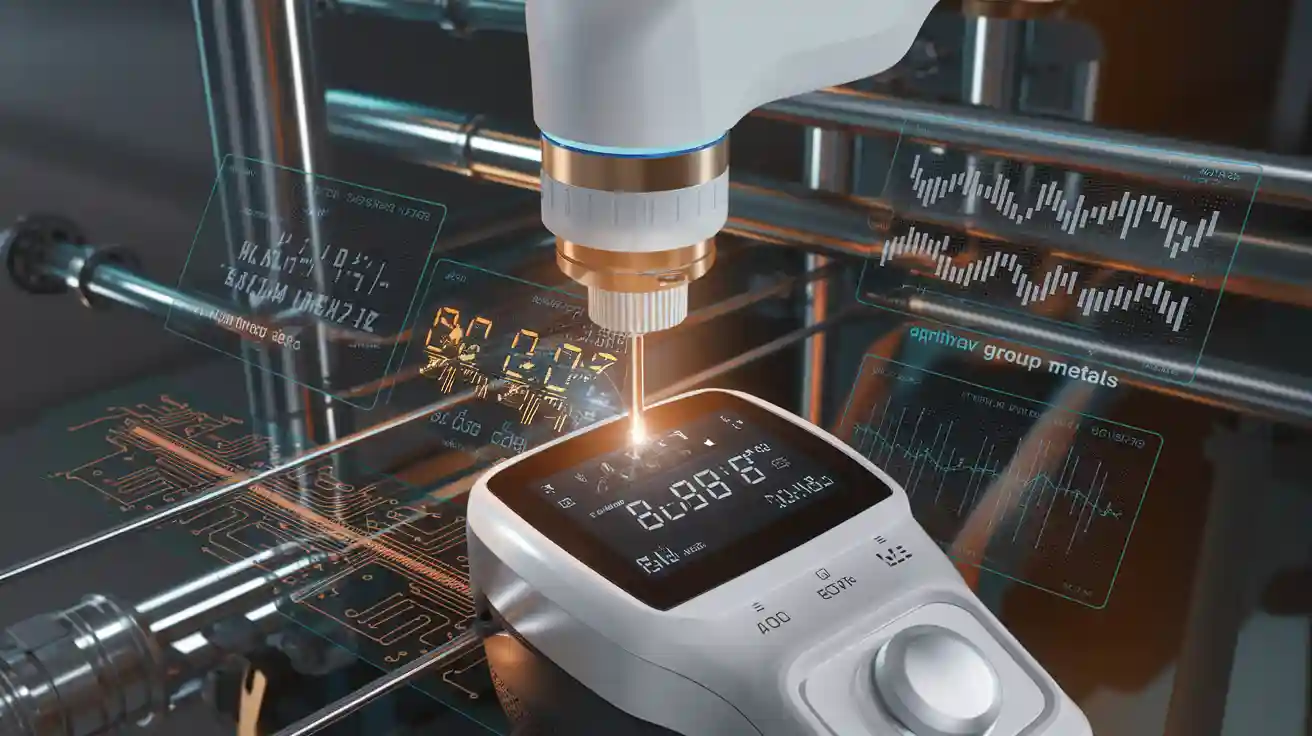
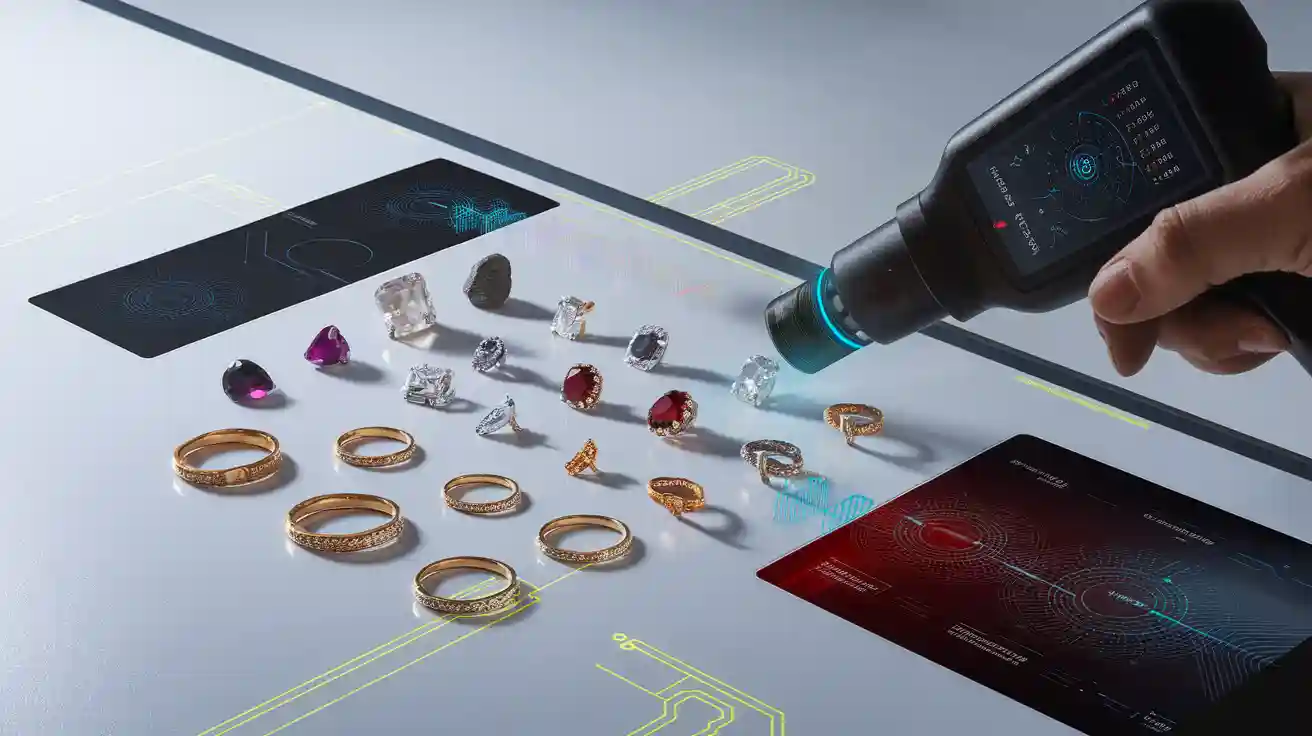

WhatsApp
Scan the QR Code to start a WhatsApp chat with us.